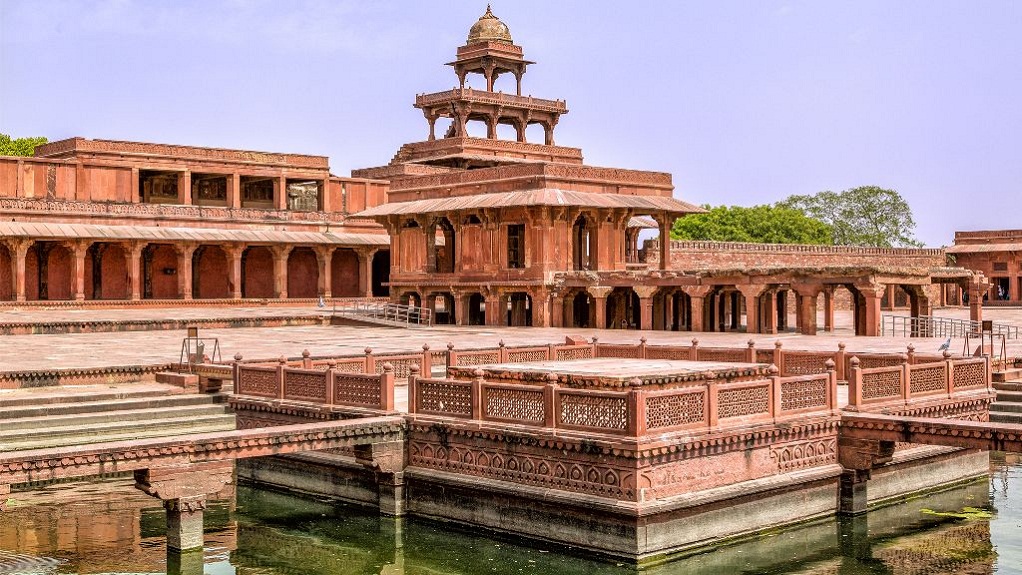
Fatehpur Sikri or ‘the City of Victory’ is a strengthened city in Agra, Uttar Pradesh. It was established in 1569 by the Great Emperor of the Mughal tradition Akbar. The castle city on a rough edge, restricted to dividers on its three sides and a lake in the forefront, was planned by Tuhir Das utilizing Indian standards of workmanship.
The incredible ruler Akbar had no beneficiary. He visited numerous spots offering petitions and looking for gifts of holy people. On one such attempt he was honored by a Sufi Saint Sheik Salim Chishti in the town Sikri and the holy person prognosticated that the ruler will be honored with a child. After birth of his child the ruler demonstrated his appreciation by building a city in the respect of the Sufi Saint and named it Fatehpur Sikri. “Fateh” in Persian language signifies “triumph”.
The city is around 37 km from Agra on the Sikri edge, 3 km long and 1km wide encompassed by divider covering three sides and a lake on the fourth side. Akbar conceptualized to manufacture the walled city which took around fifteen years to finish and incorporates illustrious castles, private quarters, groups of concubines, distinctive utility structures, court and mosques. Tuhir Das, the planner of the city principally utilized Indian standards which incorporates utilization of different territorial schools of workmanship and craftsmanship extraordinarily that of Bengal and Gujarat. Aside from Islamic components, hugeness was given to Hindu and Jain design. Akbar moved his capital from Agra to Fatehpur Sikri. Number of doors was worked to approach the city in particular Delhi Gate, Agra Gate, Lal Gate, Birbal’s Gate, Gwalior Gate, Tehra Gate, Chandanpal Gate, Chor Gate and Ajmere Gate. After the demise of the Sufi holy person, Akbar raised a Tomb of the holy person made of red Sandstone. It is this city that brought forth the legends of the incomparable Akbar and his acclaimed subjects known as “Navratnas” or the nine gems.
Persian standards are exceptionally reflected in the mind boggling as Akbar wished to resuscitate brilliance of Persian court stylized as was during the hour of his acclaimed precursor Timur. Nearby plenitude of red sandstone was completely used in developing the structures and structures. The regal royal residence complex comprise arrangement of individual structures that were delightfully orchestrated in geometric examples roused from Arabian and focal Asian places to stay and lays on a bit of level ground. The landmarks and structures in Fatehpur Sikri remind one about imaginative sense and the all encompassing methodology of the incredible head. Impact of Indian embellishments is profoundly spoken to.
Because of lack of water accessibility the palatial complex was surrendered by Akbar soon after its consummation in 1585. The nearness of close by Rajputana territories in the North West and the expanding disturbance additionally caused moving of the sovereign’s base from Fatehpur Sikri to Lahore and from that point again to Agra in 1598.
BOOK THIS UNESCO SITE TOUR
Need Tour Scholar Help?
For Tour Packages and Customer Care Support.
+91- 975 668 6666
[email protected]